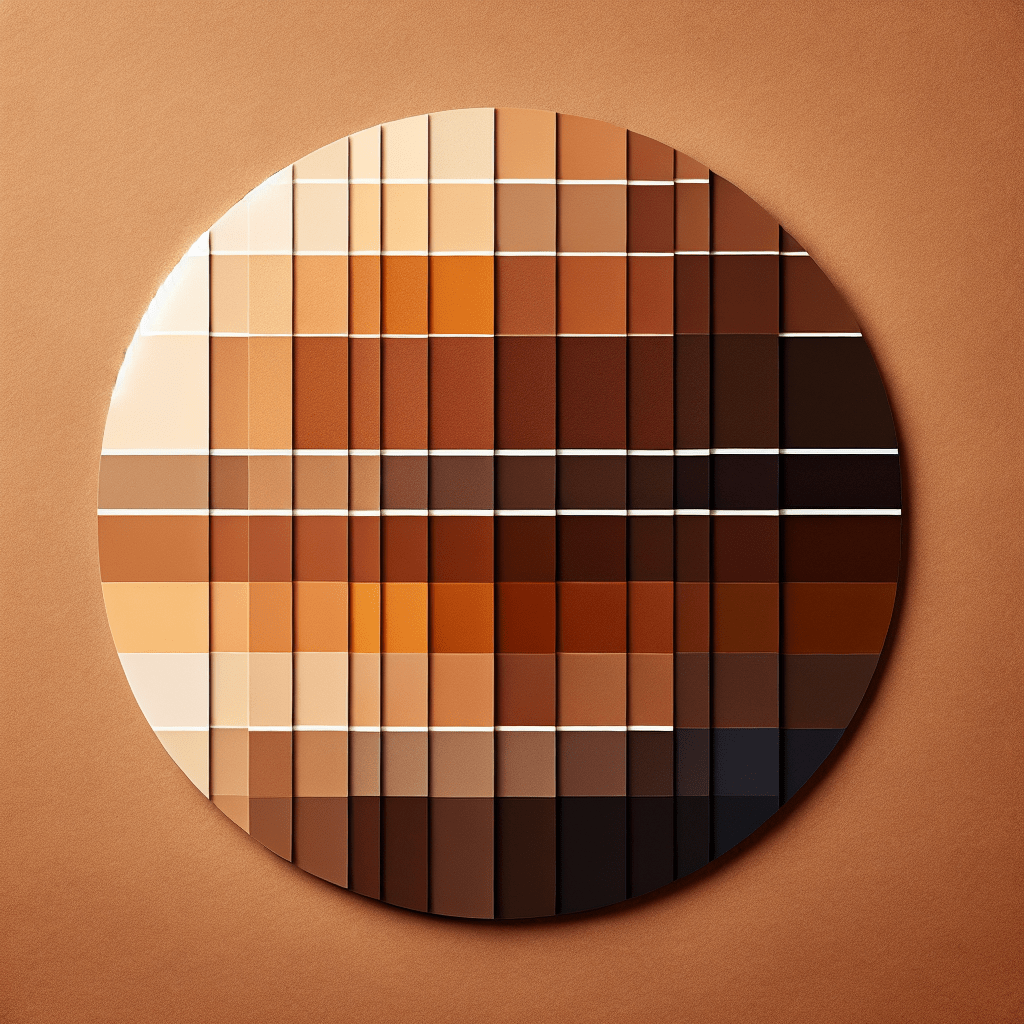The Origin of Browns
Browns, as most people know, is a term often used to refer to a wide range of tints and hues of a color produced by mixing red, yellow, and black pigments or by simply lowering the intensity of a pure orange or red. It is considered to be one of the most common colors in nature as seen in soil, wood, and human eye color.
While the name of the color brown was coined in English in around 1000 AD, the concept of color brown has a much older history. Some of the earliest cave paintings by prehistoric man used brown extensively. Its origin can also be traced back to when humans began to utilize natural elements such as clay and soil in their art and building materials.
Symbolism and Perception of Brown
Brown’s symbolism varies across different cultures and periods. As it is a prominent color in nature, it has been associated with the earth, fertility and soil. Its tone suggests warmth, simplicity, wholesomeness, and reliability.
Nevertheless, brown can also be associated with dirt and decay, leading to some negative impressions. In fashion, it is often considered less desirable and fashionable compared to black or white. It has been an underexploited color for consumers compared to the rest of the color spectrum.
However, over the years, perceptions of brown have been slowly changing as it becomes more prevalent and fashionable in daily life. For instance, brown has become a popular color for technology and furniture industries, portraying a sense of vintage nostalgia and natural aesthetic.
Brown in Nature
Brown is widely prevalent in nature. It is the color of soil, which provides nutrients to plants, supports life, and plays a major role in the survival of various ecosystems. This connection to earth and nature gives it a soothing and comforting appeal.
Substances like wood and bark, too, are shades of brown, making it a vital part of our surrounding habitat and environment. Many animals have brown fur or feathers as a mode of camouflage, protection from predators, or as a way of attracting mates.
Brown in Culture and Society
Color brown holds different significance in various cultures. In the United States, brown is associated with the autumn season, symbolizing the harvest and preparation for winter. It is also a color often connected to Native American culture, symbolizing their connection to the earth.
Across the globe, in India, brown is a color often associated with humility and renunciation of worldly things. Whereas, in the UK during the Victorian era, it was a color associated with mourning.
Notes
Image Description
The image for this article presents an array of various shades of brown, from light to dark, displayed against an earthy brown background. It showcases the color’s versatility and prevalence in nature, design, and culture.
